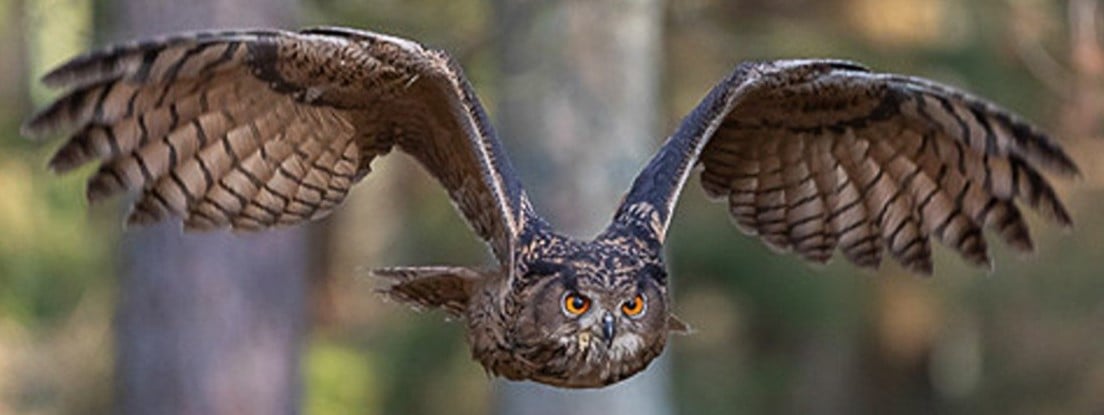Superbowl
For owls that are superb.

US Wild Animal Rescue Database: Animal Help Now
International Wildlife Rescues: RescueShelter.com
Australia Rescue Help: WIRES
Germany-Austria-Switzerland-Italy Wild Bird Rescue: wildvogelhilfe.org
If you find an injured owl:
Note your exact location so the owl can be released back where it came from. Contact a licensed wildlife rehabilitation specialist to get correct advice and immediate assistance.
Minimize stress for the owl. If you can catch it, toss a towel or sweater over it and get it in a cardboard box or pet carrier. It should have room to be comfortable but not so much it can panic and injure itself. If you can’t catch it, keep people and animals away until help can come.
Do not give food or water! If you feed them the wrong thing or give them water improperly, you can accidentally kill them. It can also cause problems if they require anesthesia once help arrives, complicating procedures and costing valuable time.
If it is a baby owl, and it looks safe and uninjured, leave it be. Time on the ground is part of their growing up. They can fly to some extent and climb trees. If animals or people are nearby, put it up on a branch so it’s safe. If it’s injured, follow the above advice.
For more detailed help, see the OwlPages Rescue page.
view the rest of the comments

[email protected] wanted to make sure this was all on the level. What kinda eggs y'all looking for, huh? Huh?!
I did my best for us to find a neutral space the other day!
Though most owls and tan eggs have conflicting interests, in a way, owls are only able to carry on thanks to the tan eggs. They would be nothing without them. They even pack up and migrate with them.
Many do not even focus specifically on the tan eggs. It is nothing personal, just a matter of opportunity. Should the number of tan eggs go too low, the owls will gladly go elsewhere.
They may not exactly live together in harmony, but their coexistence is crucial to many environments!